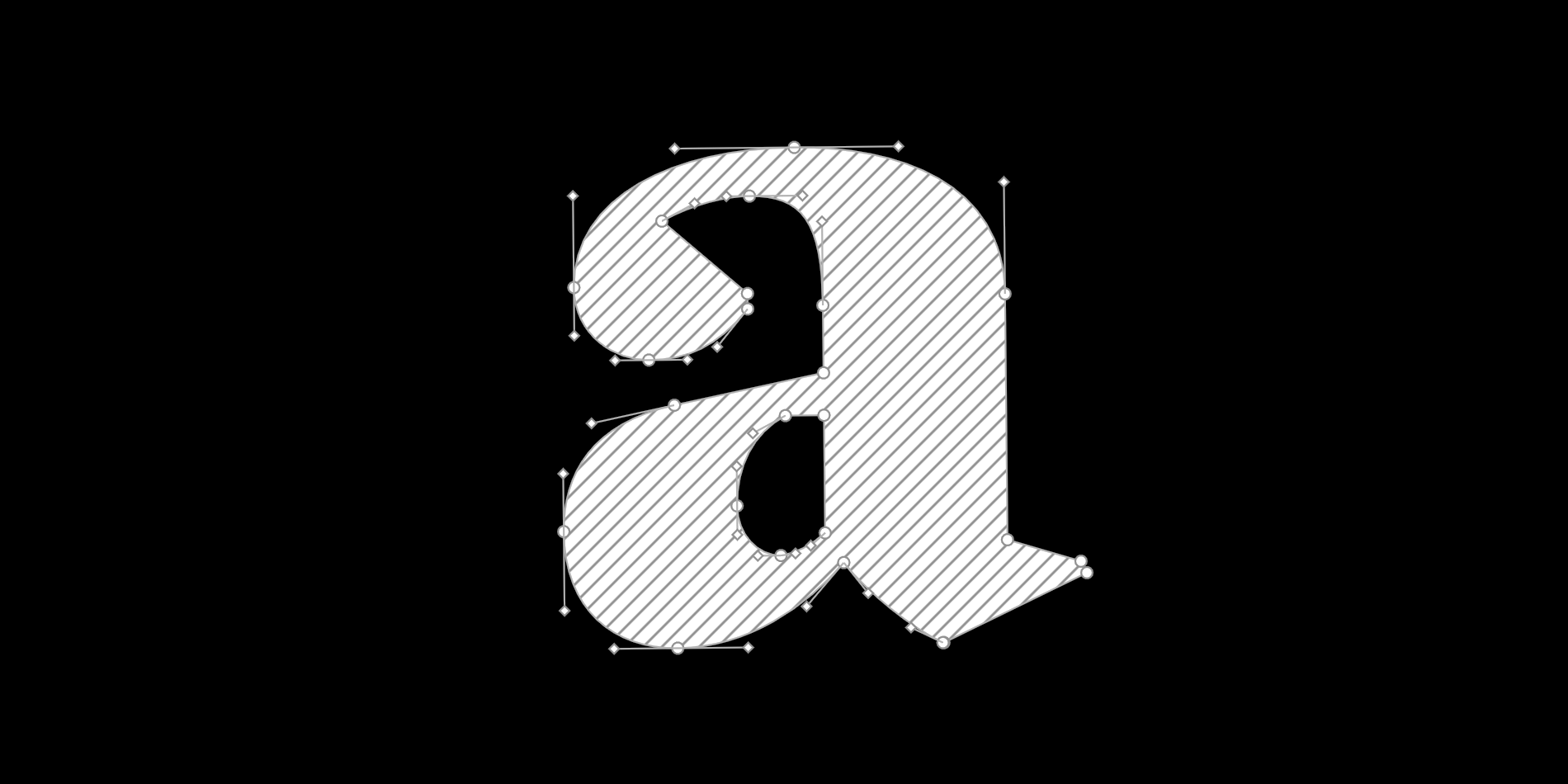A Guide for Designers, Agencies & Brands Who Take Typography Seriously
As a designer, creative director, or brand strategist, you know typography is more than decoration—it’s a core visual language. But in a world where there are millions of fonts floating around for free, identifying which ones are truly professional-grade is essential.
Using a poorly designed font can harm your brand’s credibility, break your design systems, or even result in legal risks. So… what separates a professional font from a pretty-looking, amateur one?
In this article, we dive deep into the 7 qualities that define a well-built, industry-ready typeface—and how you can spot them with confidence.
1. Precision Crafting: Optical Harmony & Proportion
Professional fonts are designed by type designers, not just graphic designers. This means:
- Each glyph is drawn with attention to rhythm, balance, and weight distribution
- Visual spacing and proportions are fine-tuned across the entire character set
- The result is consistent, polished, and smooth typography in real-world use—not just in a poster
Real World Impact:
- Inconsistent spacing in logos
- Wobbly letterforms in large-format designs
- Strained reading rhythm in text blocks
Resistenza Type Example: Norman is a good example of optical refinement. Its warm, humanist design brings both functionality and elegance to branding and editorial work.
2. Systematic Design Across Weights and Styles
Amateur fonts often exist in one weight: Regular. Professional fonts are part of a type system with logical interpolation, meaning:
- Each weight (Light, Regular, Bold, Black, etc.) is mathematically and optically related
- Italics are true italics (drawn, not slanted)
- Styles work together in branding systems, editorial layout, UI design, and more
Why it Matters: A brand needs typographic contrast to establish hierarchy. If your font lacks multiple styles, you lose flexibility and start “patching” designs with inconsistent fonts.
Resistenza Type Example: Annuario Variable offers a full weight spectrum in one file via variable font tech. It allows you to finely tune text weight for every platform and tone—without switching fonts.
3. Advanced OpenType Features (Real Typography Tools)
Professional fonts are smart. They include OpenType programming that:
- Automatically connects ligatures (like “fi”, “fl”)
- Replaces double-letter combinations (like “tt” or “ll”) with customized forms
- Supports contextual alternates, stylistic sets, swashes, tabular figures, small caps, etc.
Resistenza Type Example: Nautica and Timberline are packed with smart features like ligatures, alternates, and swashes—allowing typographic expression that feels crafted, not generic.
4. Multilingual & Professional Character Set Support
A pro-grade font goes beyond A–Z. It includes:
- Diacritics and accented characters for multilingual European languages
- Currency symbols, math symbols, punctuation
- Proper quotes, primes, and punctuation spacing
- Different numeral sets: old-style, lining, tabular, proportional
Resistenza Type Fonts: Fully support Western, Central, and Eastern European languages and include OpenType numeral options, allowing you to build multi-market identities with zero font-switching.
5. Clean, Custom Kerning & Spacing
Kerning is invisible until it’s wrong. A professional font is manually kerned:
- By the designer, not automatically by software
- With pair-by-pair attention to shape, rhythm, and spacing logic
- For both display and text sizes
Resistenza Type Fonts: Are hand-kerned and optimized for both large and small applications. Try Squadra in all-caps branding to see how tight kerning enhances strength and control.
6. Production-Ready Formats & Performance
Professional fonts are delivered in formats optimized for every platform:
- OTF/TTF for desktop
- WOFF/WOFF2 for web
- Variable fonts for responsive design
Resistenza Type Delivers: Web-optimized files for fast loading, print-safe outlines for all weights and sizes, and variable fonts with compression benefits and full design range.
7. Legally Licensed, Clearly Documented, Fully Supported
Professional fonts include:
- Clear licensing options (desktop, web, app, broadcast, etc.)
- Proper EULAs (End User License Agreements)
- Support from the foundry or designer
- Ongoing updates and bug fixes
Resistenza Type Promise: Transparent licensing structure tailored to your usage. Personal support for troubleshooting or custom font needs.
Need help understanding font licensing? Read our article →
In Summary: What Makes a Font Professional?
- Consistency of design: Carefully built and tested
- Full typographic system: Multiple weights, italics, alternates
- OpenType features: Ligatures, alternates, contextual options
- Language support: Western + Central European coverage
- Licensing clarity: Legal, tiered, and easy to understand
- Technical formats: Web, print, and variable font ready
- Customer support: Full support from the foundry
Final Thought: Buy Fonts Like You Buy Tools
Would you use a low-res stock photo for a high-end brand? Or free icons in a multi-million-dollar app?
Professional fonts are design infrastructure. They impact:
- Reading flow
- Brand tone
- System coherence
- User trust
- Legal safety
Investing in a well-designed font means investing in the reliability and credibility of your entire project.
Start with Trusted Tools: Shop Professional Fonts at Resistenza Type
We design typefaces that are more than beautiful—they’re built for performance across digital, print, and branding environments.
Explore our most complete type families:
Need help choosing or pairing fonts for a project? We’re happy to help.
📩 Contact: info@resistenza.es
